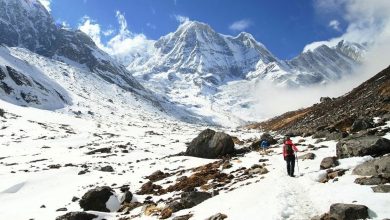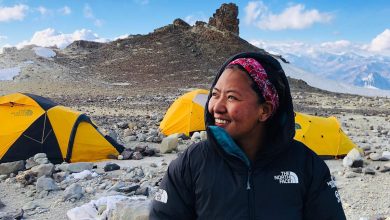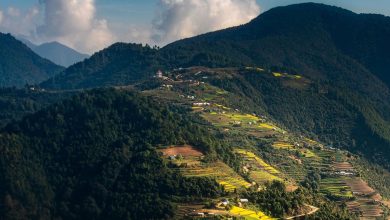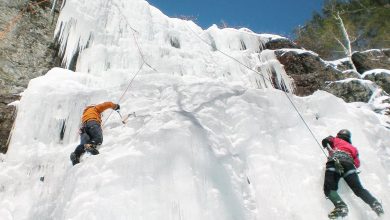8 Astonishing Mountaineering Facts
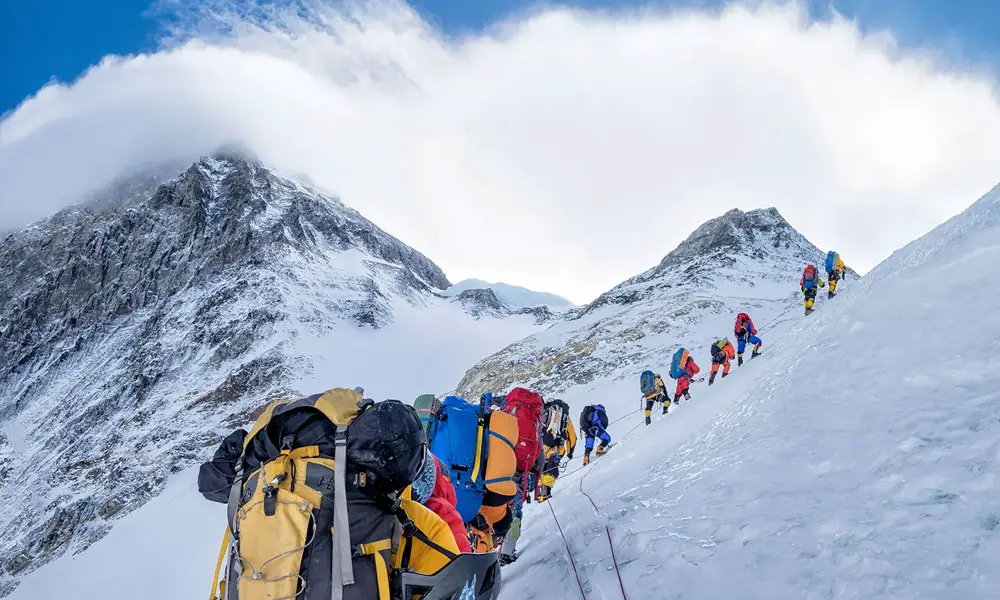
Mountaineering, the expedition on the slopes of the tallest snow-capped wonder in the world is an outdoor sport that has been gradually growing over the years. It is said the conquest of the tallest natural snowy figurines in the world changes a person and reunites them with the mystical allurement of the universe that can’t be just simply put into words.
The epic adventure to the slope of a glorious mountain is known to draw people towards it. There have been tales where someone who never thought about climbing a mountain, getting turned into a mountaineering legend after being charmed by these magical peaks.
Mountaineering is undoubtedly a passion that answers the calling of nature and the mountaineers are passionate souls that live for the romance, the adventures on the slopes that make them feel alive.
Still, there are many things you might not know about these mountains and mountaineering enthusiasts who have engraved their names in mountaineering history. So check out these mountaineering facts for further insights into what the mountaineering world is really about:
1. Mt. Everest is the highest graveyard in the world
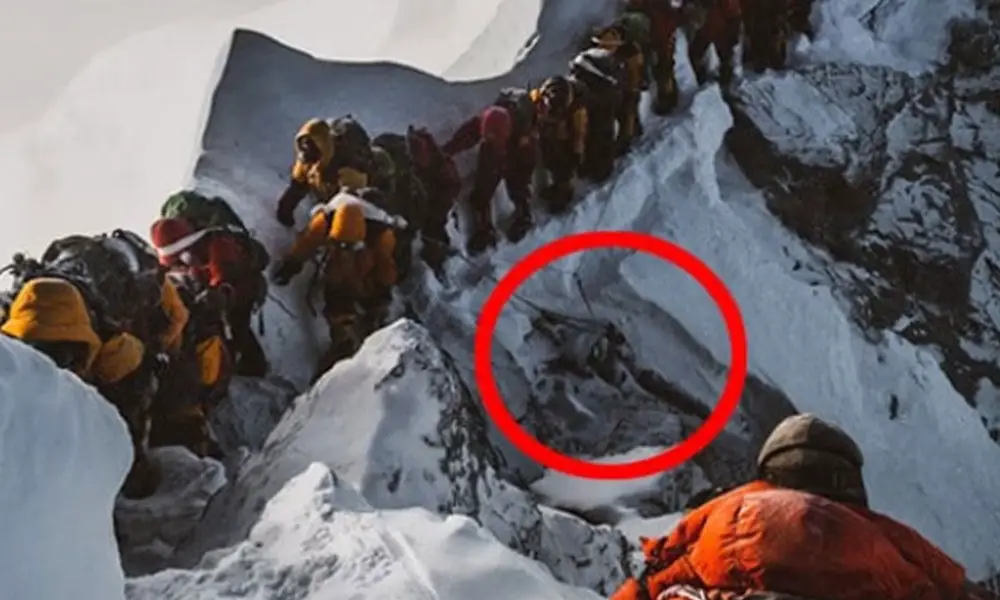
Even though you might know much about Mt. Everest, you must have heard about the tallest mountain in the world at an elevation of 8,849m at least once in your life. But, did you know that it is also the world’s highest graveyard? Every year hundreds of mountaineering enthusiasts flock over the Khumbu region to conquer the tallest mountain in the world and among those, few are lost forever on the slopes of the Everest.
The treacherous and deadly slopes of Mt. Everest have claimed over 323 lives from 1992 to 2023, the average death rate on the mountain is 6.2 per year. Furthermore, recovering the dead bodies of the mountaineers at such a high altitude of over 8,000 meters, also known as the ‘death zone’ is almost impossible. Not to mention, it is also a very costly procedure to retrieve dead bodies from Mt. Everest, A team of 6-10 Sherpa experts is required to bring down a dead body from a high altitude, and the cost of the retrieval operation can cross over $100,000 margin.
2. Sir Edmund Hillary and Tenzing Norgay Sherpa might not have been the first to conquer Mt. Everest
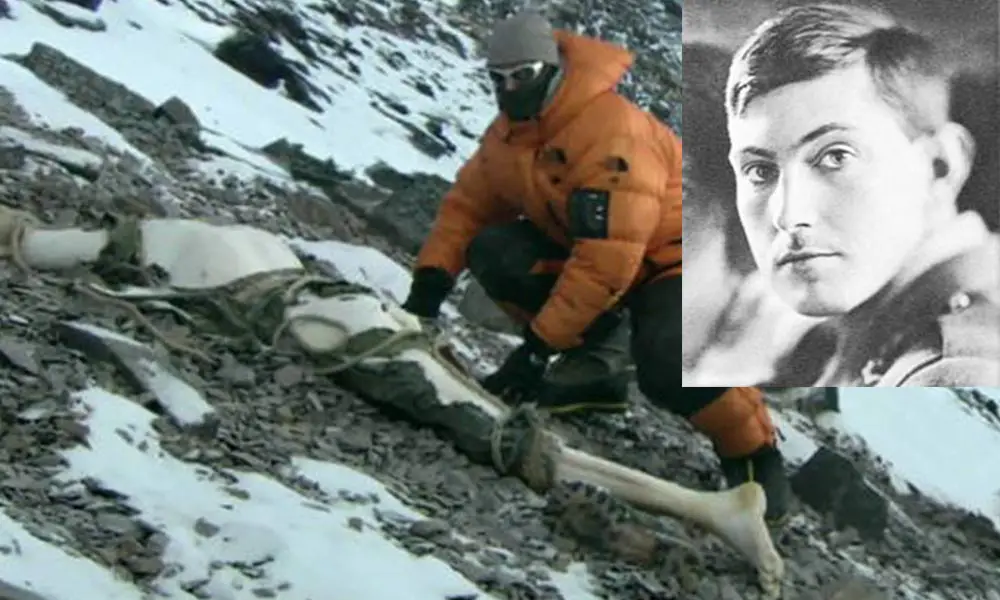
Although the duo, Sir Edmund Hillary and Tenzing Norgay Sherpa set their name in mountaineering history as the first climbers of Mt. Everest on 29th May 1953. They actually might not have been the first to successfully scale the tallest mountain in the world.
The British mountaineer, George Mallory participated in the first three of the British’s Mount Everest expeditions. But, Mallory was lost on the slopes of Everest on 8th June 1924, the climbing duo Mallory and Andrew Irvine were last spotted by the British expedition team between the Third and Second steps at the elevation of 8,603 meters, just a few hundred meters below the summit. The duo was debated to have been the first climbers to reach the summit of Everest in 1924.
Mallory’s dead body was found at 8,230 meters when a dedicated retrieval team searched for the lost British expedtioners after 75 years. The body retrieval team didn’t find the picture of Mallory’s wife, which he had promised to put on the top of Mt. Everest after his successful summit. Meanwhile, Andrew Irvine’s body is still lost on the Everest alongside his camera.
3. British-Nepali mountaineer Nirmal Purja (Nimsdai) held the record for the 14-peak summit
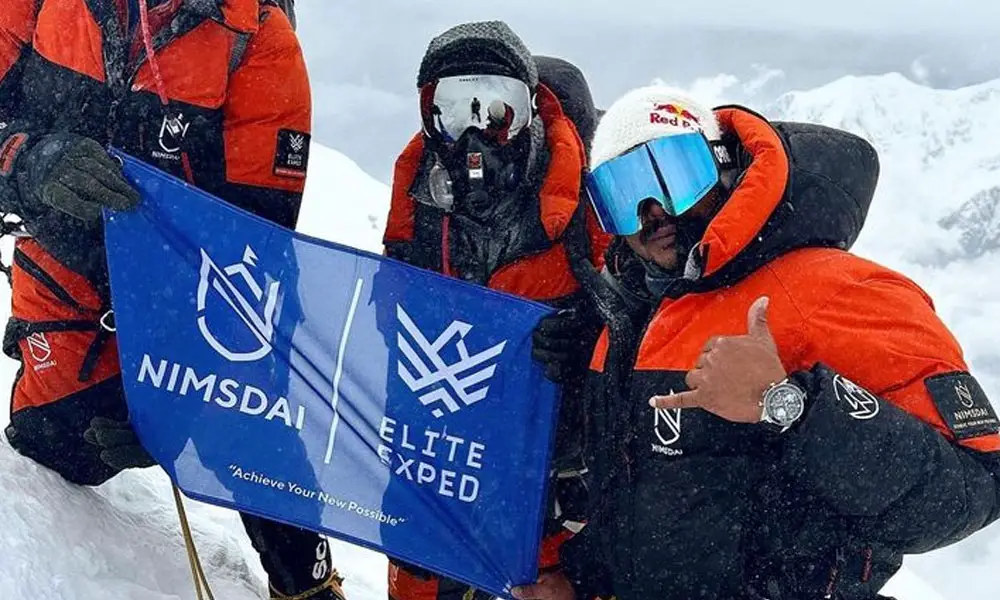
Nirmal Purja, a.k.a Nimsdai, holds the record for the fastest 14-peak summit in the world. The 14-peak expedition is the conquest of all the tallest 8,000-ers in the world, Nimsdai holds the record for the fastest summit of all 14 of the 8,000-ers. He completed the summit of all 14 peaks in just six months six days.
Nimsdai had set out on the conquest of all 14-8,000-ers peaks within a seven months timeframe, but the mountaineering legend’s record-breaking quick ascents made the conquest possible before the determined period. The 14-peak summit record was previously held by the Italian mountaineer Reinhold Messner, who had completed the expedition in 1986 after taking seven years, ten months, and six days.
4. Mt Annapurna is the deadliest mountain in the world
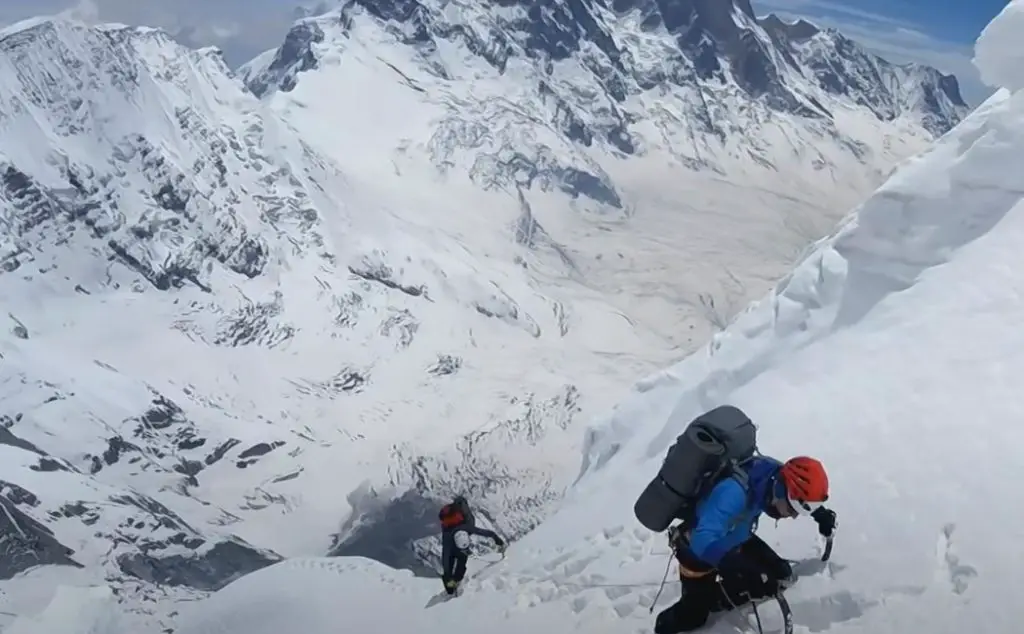
Mt. Annapurna at an elevation of 8,091 meters in the Himalayan range is the most deadliest mountain in the world. If you try to summit the treacherous slopes of this holy mountain that has great significance in both Hindu and Buddhist culture without any expertise, there is a high probability that you will just pile up the dead bodies on the mountain.
The numbers speak for themselves, out of 158 attempts to the summit of Mt. Annapurna, 58 people died on the slopes of the mountain. Due to its extremely steep face, the ascent to the summit of this deadly mountain is extremely difficult. Not only that, the unpredictable weather on the tenth tallest mountains in the world makes things even worse, only 5 out of 7 people who try to scale the mountain survive the expedition.
5. A physically impaired man in a wheelchair sumitted Mt. Kilimanjaro twice
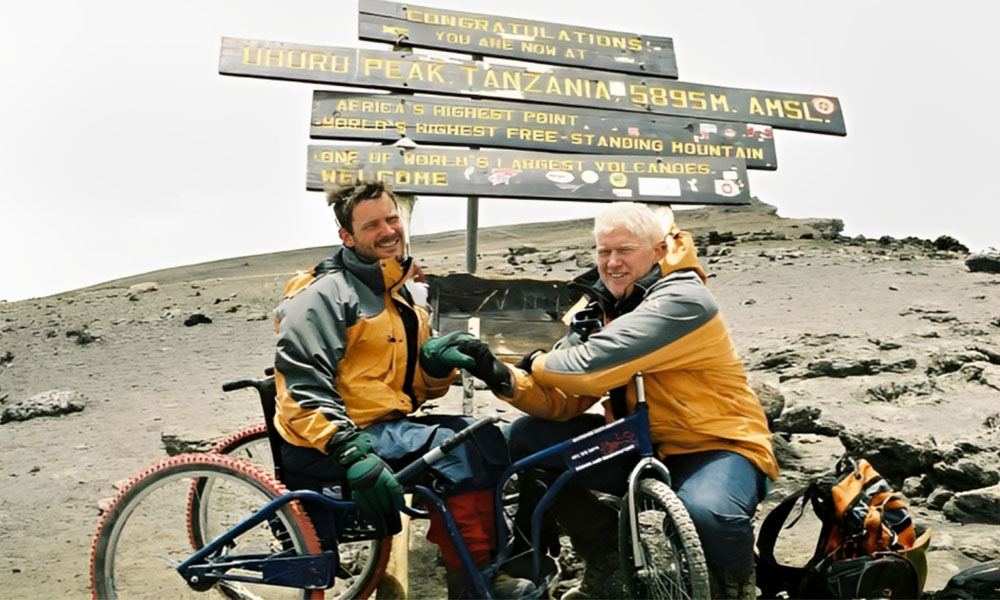
You might have heard stories about physically impaired mountaineers who have made history by successfully ascending the mountain peaks. Like Hari Budha Magar, a double amputee who submitted Mt. Everest on 19th May 2023, but what’s rare is that a man in South Africa successfully scaled the tallest mountain in Africa, Mt. Kilimanjaro at the altitude of 5,895 meters not only once, but twice.
Bernard Goosen, a South African physically impaired mountaineer made his first successful ascent to the top of the only freestanding mountain in the world in 2003, he completed the expedition in just 9 days. On his second attempt in 2007, Goosen scaled to the summit of Kilimanjaro in just 6 days. The South African physically impaired mountaineer was born with cerebral palsy and used a specially modified wheelchair for his expeditions.
6. Female mountaineers who climbed K2 were believed to be cursed
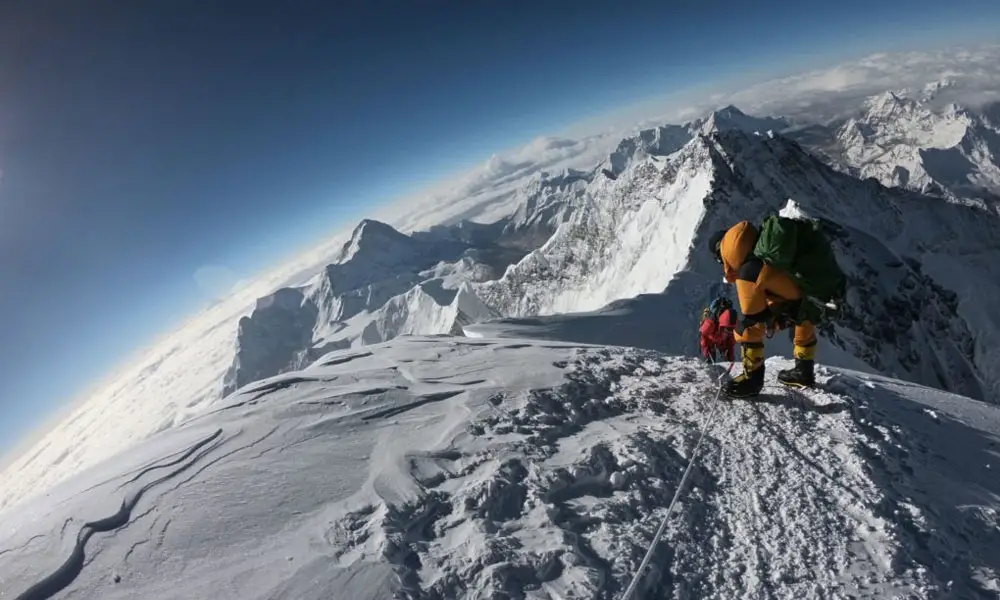
There had been a theory about the second tallest mountain in the world, Mt. K2 (8,611 meters) that any female mountaineer who climbed the peak would be cursed. The second-tallest mountain peak was conquered by the first female mountaineer, Wanda Rutkiewicz in 1986. After her successful ascent to Mt. K2, she died in an attempt of scaling the third-tallest mountain in the world, Mt. Kanchenjunga (8,586 meters) on 13th May 1992.
The incident kept re-occurring with the next 4 female mountaineers who summitted Mt. K2, each of them either died on the treacherous slopes of the mountain during their descent or in their next major expedition. But, the misconception is now a bridge underwater as many successful female mountaineers lived to tell the tale of their expeditions and completed their major climbs afterward.
7. Death Zone is seriously deadly
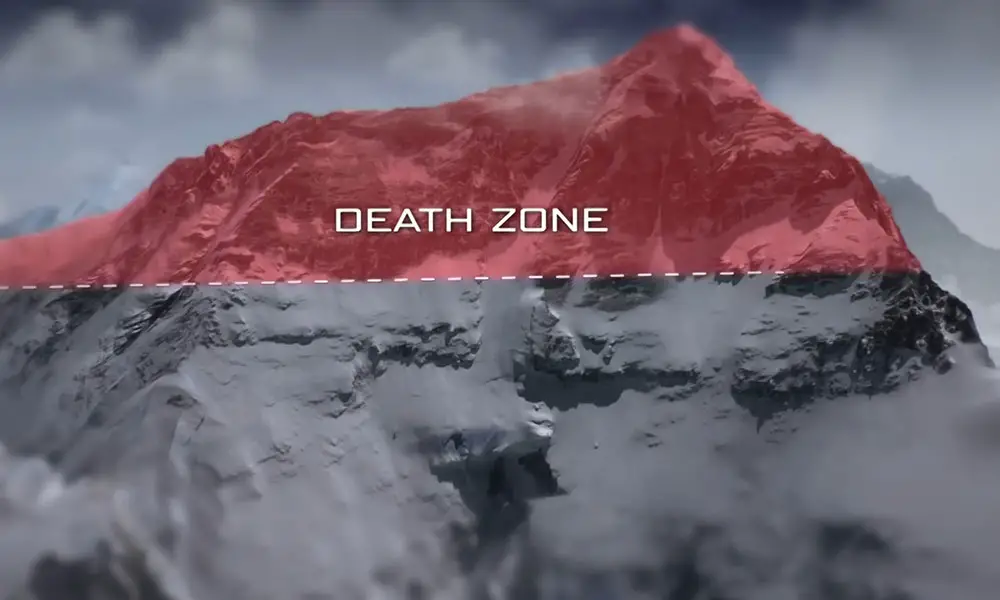
The slopes above the elevation point of 8,000 meters are considered a death zone, there only about ⅓ of the oxygen level is found at sea level. The oxygen concentration is just at 34% of what it is on the ground below; the death zones in the 14 peaks above 8,000 meters are so deadly that your body starts to die minute by minute.
In fact, it is so deadly that mountaineers are not recommended to stay more than 16-20 hours in the death zone, 1 out of every 25 mountaineers who enter the death zone don’t make it back from the slopes. In the death zones of these massive figurines, the body starts to starve for oxygen, cells start dying minute by minute, vision becomes impaired and there is a high increased risk of heart attacks and strokes.
8. Whatever you do there is always a Sherpa better than you
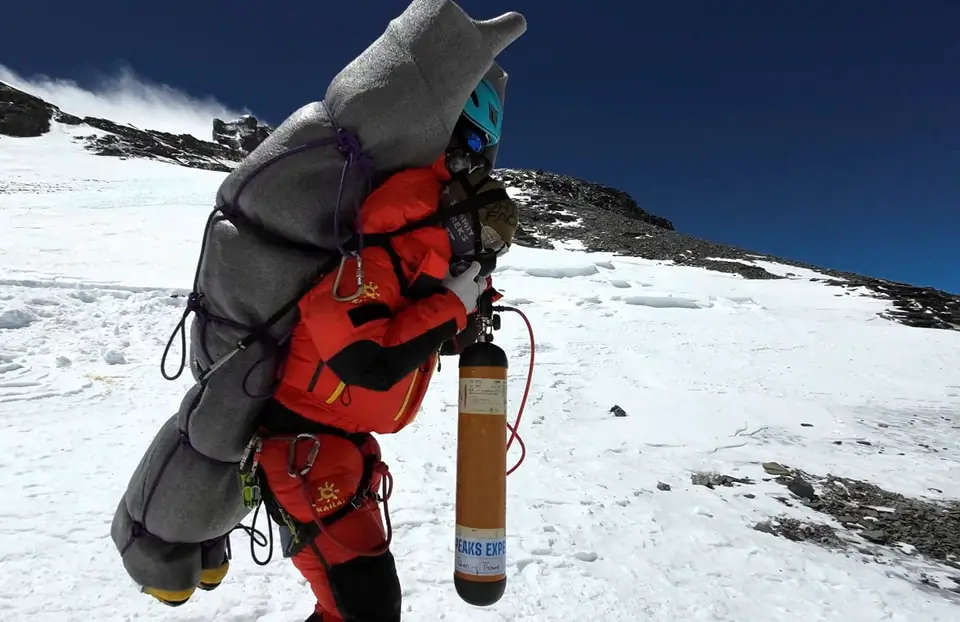
The Sherpa communities of the high-Himalayan region, living at the foothills of the glorious mountains have been part of the mountain expedition since its dawn. They have been serving as the professional guide to the slopes of the mountains from the beginning of the mountaineering expeditions.
The high-Himalayan population of Nepal from the Sherpa ethnic group has been working as mountain guides from generation to generation. According to studies, these ethnic groups that have been living in the Himalayan region of the country have gone through such genetic mutations that have given them ‘superhuman’ capabilities to thrive in the freezing region. This makes Sherpas immune to certain levels of conditions that others find hard to deal with like the acclimatization process and endurance in the cold freezing region. Thus, they are genetically mutated natural mountain climbers who can outperform any mountaineers around the world.
You may also like:
